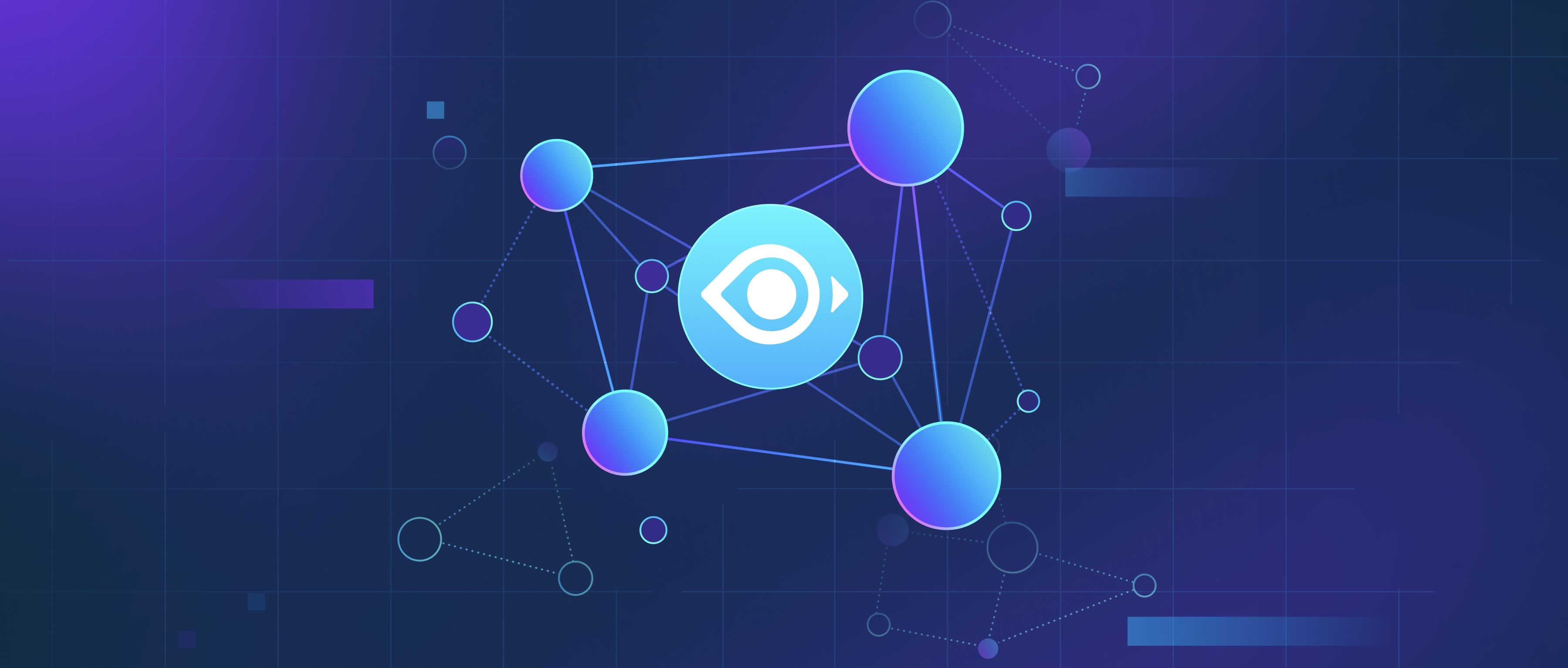Data augmentation in natural language processing (NLP) refers to techniques that aim to increase the size and diversity of training datasets without the need for additional data collection. This is important because larger and more diverse datasets can help improve model performance, making them more robust and better at generalizing to new, unseen examples. Augmentation techniques can include paraphrasing, synonym replacement, back-translation, and random insertion or deletion of words, among others.
For instance, paraphrasing involves rephrasing a sentence while maintaining its original meaning. This could be useful for models trained for tasks like sentiment analysis, where the same sentiment might be expressed in multiple ways. By generating alternative versions of the same sentence, developers can enrich their datasets with varied expressions of the same idea. Another example is back-translation, where a sentence is first translated into another language and then translated back to the original language. This can produce subtle variations that add diversity to the dataset and help the model learn more effectively.
Moreover, techniques like synonym replacement can be implemented to change specific words in a sentence to their synonyms, which keeps the meaning intact but alters the wording. This can reveal how well a model understands context and semantics, vital for applications like chatbot development or information retrieval systems. By applying these data augmentation strategies, developers can create more balanced and comprehensive datasets, ultimately leading to improved model accuracy and reliability across various NLP applications.
